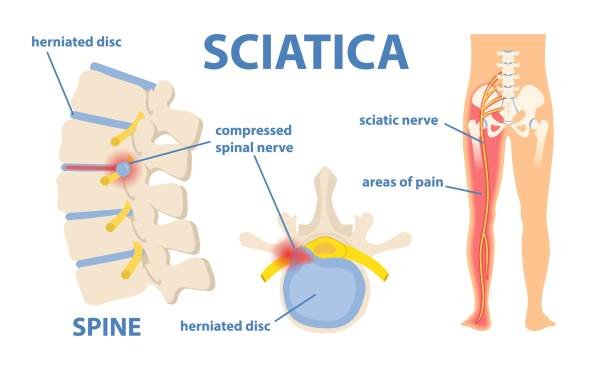Nerve pain
Nerve pain is horrible! It burns, stings, shoots, usually down an arm or a leg. People often say to me it’s the worst pain they have ever experienced!
But what causes nerve pain? Do they get pinched, squished, or trapped? The picture in my head whenever someone says a pinched nerve is a kinked garden hose! It’s a scary image if that’s what was happening, thankfully it’s not...
Nerve pain can either be from physical compression, or chemical irritation (inflammation).
Inflammation can be around a nerve for lots of reasons. If there is a nearby injury or arthritis you nerve can get irritated as collateral. Other inflammatory issues can cause nerve pain as a secondary issue. If your nerve pain is due to inflammation, the most important part is understanding what has triggered the inflammation.
If it is an acute injury, the inflammation is important. That’s your body healing itself, the inflammation will do it’s thing and then resolve. The best way to manage the inflammation is to keep the area moving. Ice and anti-inflammatories can reduce inflammation, but remember you are suppressing your healing response when you do this. Do what you need for pain relief, but the ideal is to move, drink lots of water, and limit dietary inflammation (more here).
If your inflammation is chronic (arthritis, overweight/obesity, ankylosing spondylitis), finding the triggers is crucial, and becomes a lifestyle management. Movement, increasing muscle mass, a low inflammatory diet, and drinking lots of water are key. Check out our blog on chronic inflammation here.
Compression is caused by one of 3 things; muscular spasm, disc injuries, or narrowed nerve passages.
A nerve can be compressed between very tight muscles. This can happen in the back of your hip (piriformis) or in the back of your calf (soleus), among others. These improve quickly with massaging the muscle spasm, but will recur if the cause is not addressed.
The main cause of narrowing (stenosis) is osteoarthritis. Part of osteoarthritis is extra bone growth (spurs), these can occlude your nerve pathway. Osteoarthritis also has periods of inflammation; an episode of inflammation can create secondary nerve pain.
If you think your nerve pain is secondary to a disc injury, you can read more here.
More about nerve compression...
A nerve is like an electrical wire, it has fibres on the inside that send messages from your brain to your body, and back from your body to your spinal cord or brain. These fibres are wrapped in layers that improve conductivity, plus carry blood supply and smaller nerves (nerves for your nerves!). It’s these outer layers that need to be compressed in nerve pain, not the inner fibres that conduct the messages to and from your brain. Knowing that bit is important.
It makes sense, you have the protective sensors on the outside of the nerve, like having security systems at the entrance to the bank, rather than just in the vault.
Since nerves are important, these outer layers are quite sensitive, so it doesn’t take much pressure to cause pain. Often when someone has nerve pain, without any loss of conduction (more in the next bit), it’s just the outer layers that are getting compressed, more nerve contact than compression.
Do you have weakness or numbness (loss of conduction)?
Symptoms like weakness (loss of messages from the brain outwards to the muscles) or numbness (loss of messages from your skin back to the brain) suggest there is actual compression of the inner nerve fibres. The compression deprives the nerve of blood flow and vital oxygen, interrupting the electrical conduction of messages. The longer the nerve remains compressed and deprived of oxygen, the longer the nerve may lose it’s function, perhaps even permanently. The symptoms that reflect a loss of conduction are the most important things a physio or specialist will monitor.
These inner nerve fibres don’t have great nerve supply themselves, so nerve compression can actually be painless. How can you compress the nerve without irritating the outer layers? Some nerve fibres report a change in pressure, so they alert your brain to extra compression (pain!), but if that remains consistent, they don’t continue firing, despite ongoing compression of the inner fibres. Other nerves will still fire with the continued compression, but with less incoming signals overall, pain can ease off. However, over this time, the nerve is still being deprived of blood supply. As the disc bulges heals, the inflammation settles, or the muscle tightness resolves, the compression will ease, and blood flow will return. However, there will be a delay between decompression and return of nerve function. If you press hard on your skin and release, it will be white, and then gradually colour will return with return of blood supply. This is for very vascular skin (lots of blood supply); it can be much slower for poorly vascularised nerves. It is usually weeks or months, but I have seen someone have a significant return of symptoms 10 years after injury with appropriate physiotherapy.
What does this mean for your nerve pain?
It’s important to understand why you have nerve pain. Is there compression? If so, is it secondary to a disc bulge, arthritis, or muscle tension? If there is no compression, could there be inflammation or swelling around a nerve?
Thankfully, most issues will resolve, or at least subside. Nerve pain is horrible, but it will pass when the cause of the nerve pain has resolved. It’s crucial to see a physiotherapist who can monitor your symptoms to ensure the loss of conduction is not worsening. If this is improving, the focus can be on finding ways to reduce your pain and get through. Unfortunately, there are no quick fixes for nerve pain, but there are lots of helpful exercises, stretches, and postures that take pressure off and provide relief while things are healing/subsiding.
Hopefully this knowledge is power for you! If you need help managing your nerve pain, that’s our bread and butter, and we’d love to help you.
Link to sciatic nerve blog: https://www.swellphysiopilates.com.au/blog/sciatic-nerve-pain-symptoms-causes-and-exercises
Link to disc bulge blog: https://www.swellphysiopilates.com.au/blog/disc-bulges
Link to osteoarthritis blog (written more from a hip/knee context, but it’s the same process in your spine): https://www.swellphysiopilates.com.au/blog/osteoarthritis








